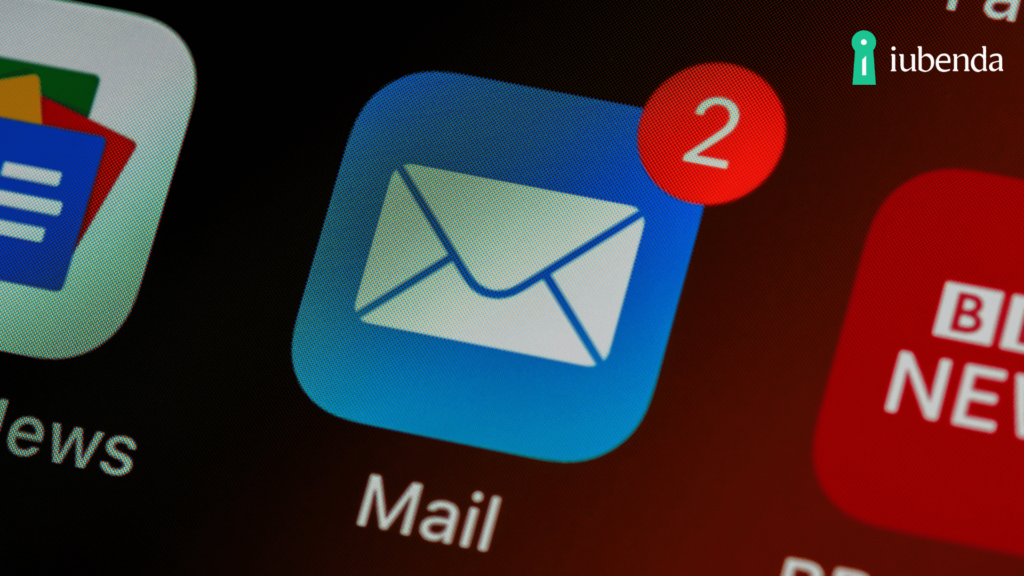Surprisingly, the success of your email marketing campaigns depends heavily on your unsubscribe link. Hard to believe? Keep reading to find out why.

An unsubscribe link is a button that appears in your email campaign and is frequently located in the footer. It enables consumers to cancel their subscription if they decide they no longer want to receive emails from you. Unsubscribe links are necessary to safeguard your email deliverability and are also mandated by various spam laws worldwide, as we previously explained.
👉 Find out useful feedback: If you’re sending a confirmation email to customers who have unsubscribed from your mailing list, you can take advantage of this to learn more about their reasons for unsubscribing.
👉 Don’t be labeled as spam: By having an unsubscribe link in your emails, you increase the likelihood that they will land in the inbox rather than the spam folder. This is also true since consumers will likely mark your email as spam if they do not want to receive your newsletters and cannot find an unsubscribe link when searching for one.
Due to the requirement of an unsubscribe link under anti-spam legislations, each nation has its own laws.
🇪🇺 🇬🇧 If the GDPR applies to you, you must give users the right to withdraw their consent, or you’ll be in violation of the law.
So under consent rights, the user has to:
For more on your Legal obligations related to Unsubscribe link guidelines in the EU see here →
🇺🇸 The US’s CAN SPAN Act: According to this Act, which is strictly enforced by the Federal Trade Commission, you are required to provide a very easy option for subscribers to unsubscribe from your commercial messages: Inform recipients of how to stop receiving your emails in the future.
For more on your Legal obligations related to Unsubscribe link guidelines under US Law see here →
Adding an unsubscribe link to your email is an important aspect of email marketing compliance and customer satisfaction. Here are the steps to add an unsubscribe link to your email:
By following these simple steps, you can easily add an unsubscribe link to your email and ensure that your subscribers have the option to opt-out of your emails, which can help improve your email marketing compliance and customer satisfaction.
It is usually a good idea to approach your data processing activities with the tightest available requirements in mind when it comes to compliance. Compliance requires you to at least implement the following in relation to the newsletter process:
✅ Step 1: Inform your users of the data you collect, why, and the method of delivery (If you’re using direct email marking, make sure to include this in your privacy policy)
✅ Step 2: Inform your users of all third-party providers involved in your newsletter management process, including links to their privacy documents and their rights in regard to their data (including the right to withdraw consent).
✅ Step 3: Keep valid records of the consent collected. Without these records, the consent you collect is considered invalid.
Easily get started with the iubenda privacy policy generator!
Once you’re finished with the privacy documents, don’t forget to set up your consent records to keep track of users who have given consent and those that have opted out.
Once you’re finished with the privacy documents, don’t forget to set up your consent records to keep track of users who have given consent and those that have opted out. Consent records are legally required under the GDPR! Click the start generating button below to get set up in minutes.